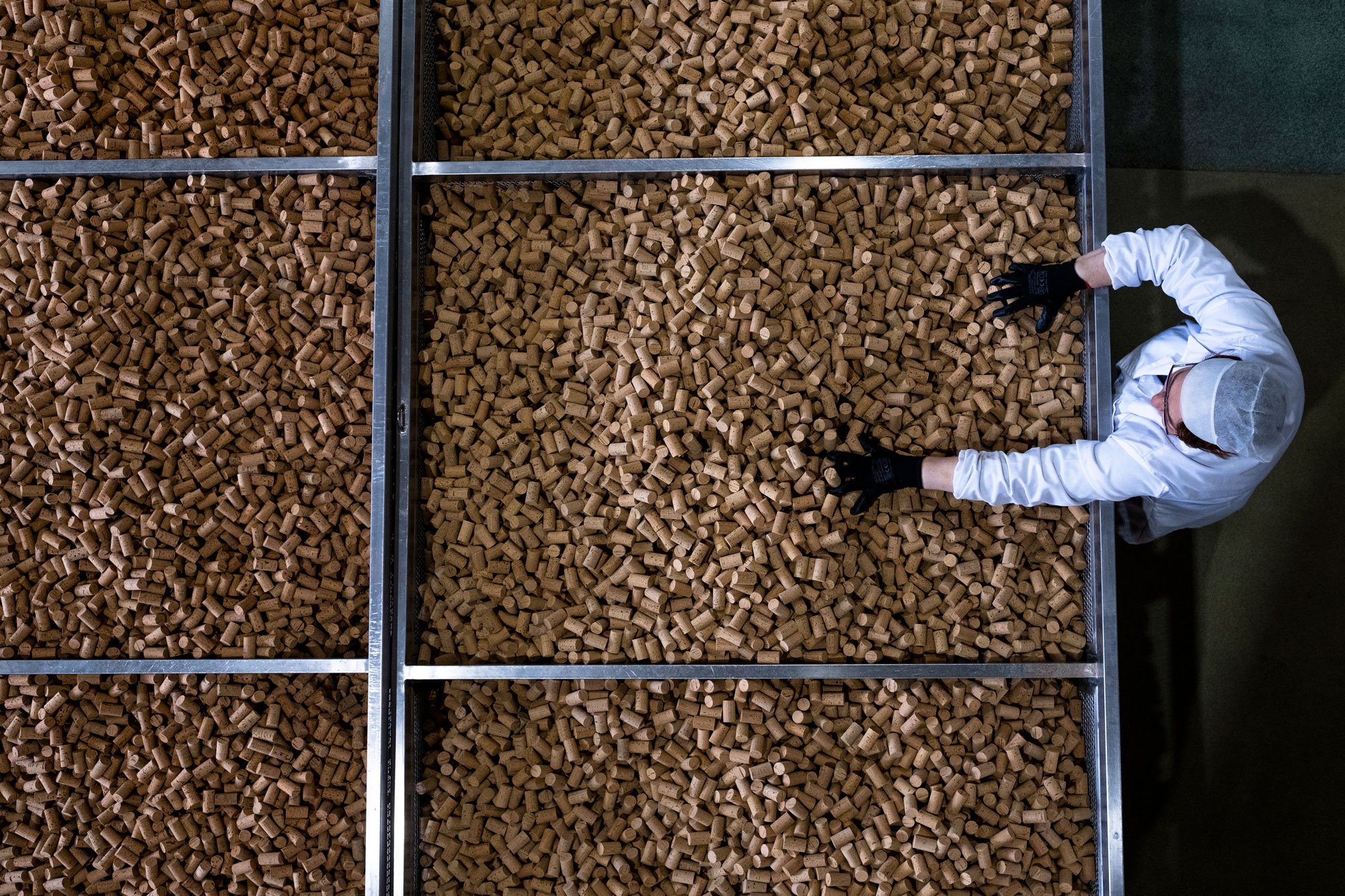
NCC Visual Grading Standards
The following grading system has been adopted by NCC members to provide a common terminology in defining the visual grades of wine corks. It has become the standard used by most wineries. Please consult with your individual sales representative for actual samples.
Grade A
The samples each reflect a light and natural washed cork.
These are corks with top quality visual appearance - excellent surfaces, with no major visual flaws and few small ones.
No holes or pores which exceed 2mm.
No cracks originating at the ends which exceed 11% of cork length.
No cracks in the body of the cork to exceed 18% of cork length.
All cracks must be tight and not open.
No horizontal cracks.
No worm holes, hardwood, belly spots, or greenwood.
Several narrow and shallow lenticels are acceptable if they are free of dust and particles.
Grade B
The samples each reflect a light and natural washed cork.
These are corks of good visual appearance with no major visual flaws and with surface visual flaws of no depth or substance.
No holes or pores which exceed 5mm.
No cracks originating at the ends which exceed 18% of cork length.
No cracks in the body of the cork to exceed 25% of cork length.
All cracks must be tight and not open.
Lenticels and horizontal cracks must not open up when ends of the corks are bent.
No Greenwood. No angeled or deformed corks.
Very small chips and lateral worm activity in the middle of the body of the cork may be acceptable.
Lenticels at ends must not be wide or deep and should be free of dust and particles.
Grade C
The samples each reflect a light and natural washed cork.
These are corks of average visual appearance with one or more major visual flaws which will be of cosmetic nature only. Thus they may be aesthetically unappealing, but functional.
No cracks, channels, hardwood or belly spots which exceed 55% of cork length.
Lenticels and horizontal cracks on body may open up when ends of the corks are bent.
Greenwood to 55% of cork length is acceptable unless severe depth or width.
Large chips are acceptable.
No worm activity from end to side which exceed 55% of cork length.
No dry years which exceed 55% of cork length.
There may be heavy, but not continuous porosity.






